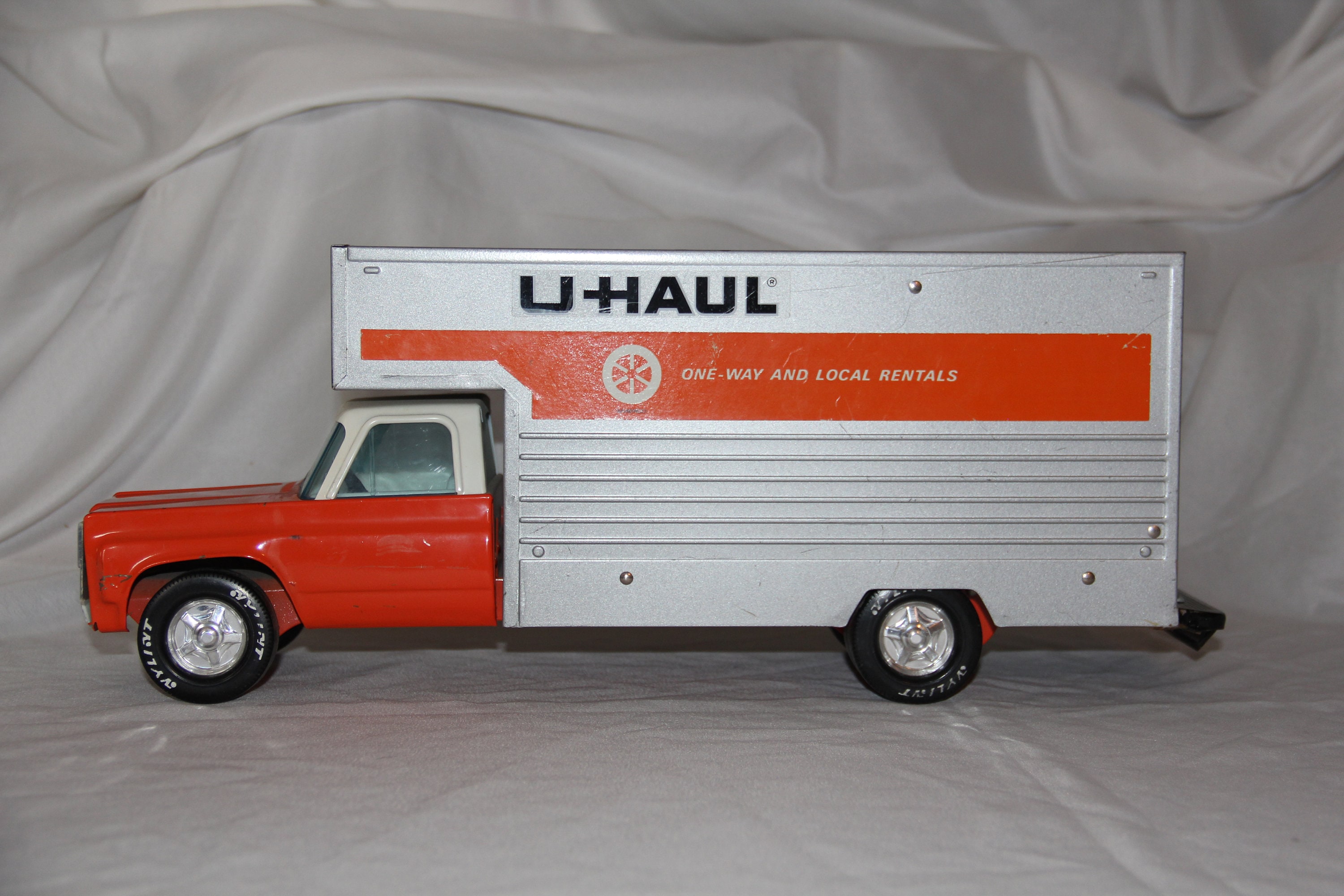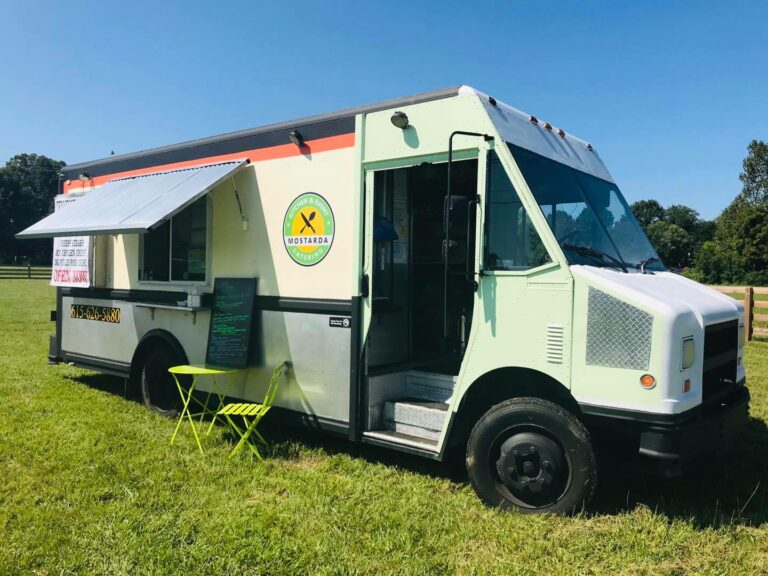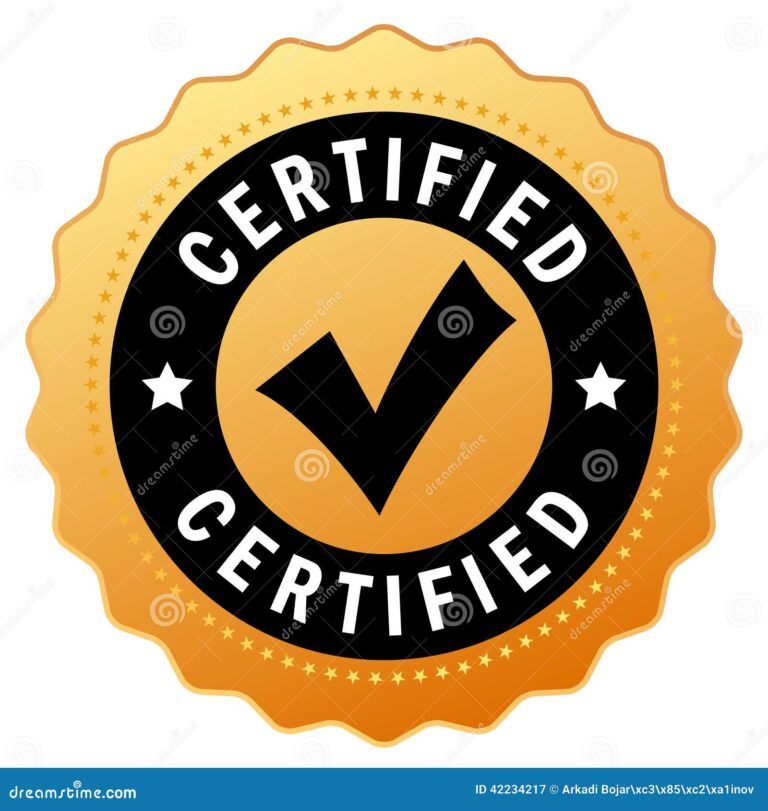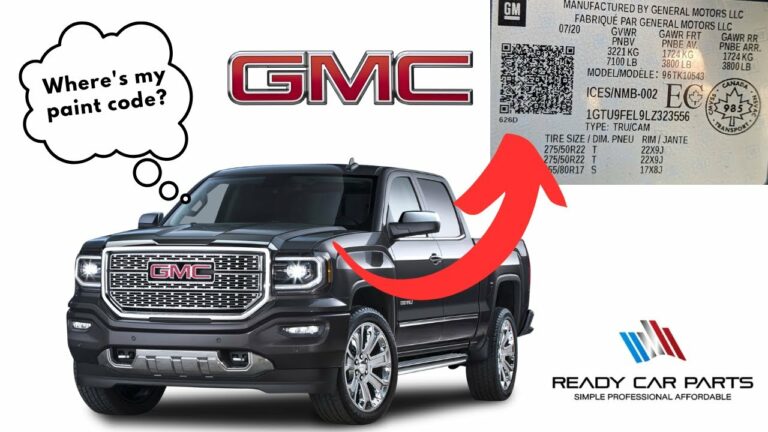Buying The Old U-Haul Trucks: Your Comprehensive Guide to Affordable Utility
Buying The Old U-Haul Trucks: Your Comprehensive Guide to Affordable Utility cars.truckstrend.com
The iconic orange and white trucks of U-Haul are a ubiquitous sight on American roads, synonymous with moving, new beginnings, and the DIY spirit. But what happens to these workhorses after they’ve served their time in the rental fleet? They’re sold, often at surprisingly affordable prices, presenting a unique opportunity for individuals and businesses alike. Buying an old U-Haul truck isn’t just about acquiring a vehicle; it’s about investing in a robust, versatile platform ripe for transformation, whether into a mobile workshop, an adventurous RV, or a reliable utility truck. This comprehensive guide will delve into every aspect of purchasing a decommissioned U-Haul, offering insights, practical advice, and everything you need to know to make an informed decision.
Why Buy an Old U-Haul? The Appeal of the Decommissioned Workhorse
Buying The Old U-Haul Trucks: Your Comprehensive Guide to Affordable Utility
The decision to purchase a used commercial vehicle, especially one with a history like a U-Haul, might seem unconventional to some. However, for a savvy buyer, the benefits are compelling:
- Cost-Effectiveness: This is arguably the primary draw. Compared to purchasing a new truck or even many used trucks of similar capacity, old U-Hauls offer significant savings. Their depreciation has already occurred, allowing buyers to acquire substantial utility for a fraction of the original cost.
- Robust Build Quality: U-Haul trucks are engineered for heavy-duty, continuous use. They are built on durable commercial chassis (often Ford E-series or Chevrolet Express cutaway chassis) and designed to withstand the rigors of constant loading, unloading, and diverse driving conditions. This inherent robustness means they can often continue to perform reliably for many years after leaving the rental fleet.
- Spacious and Versatile Cargo Area: The box trucks, in particular, offer immense, enclosed cargo space. This makes them ideal for a multitude of uses beyond just moving – from creating mobile workshops for tradespeople, turning into an off-grid RV or tiny home, serving as a reliable farm truck, or even acting as a stationary storage unit.
- Simplicity of Mechanics: Many older U-Haul models feature less complex mechanical and electronic systems compared to modern vehicles. This can translate to easier diagnosis, more affordable repairs, and a broader availability of parts, making them more approachable for DIY enthusiasts or those seeking lower maintenance costs.
- Ready-to-Use Platform: For those considering an RV conversion or mobile business, the enclosed box offers a clean slate, often with basic internal lighting and tie-downs already in place, simplifying the initial build-out phase.
Where to Find Them: Sources and Acquisition Strategies
Finding an old U-Haul truck isn’t as simple as walking onto a typical used car lot, but it’s far from impossible. Knowing where to look is key:
- U-Haul’s Official Sales Website (Uhaul.com/TruckSales): This is the most direct and often the best source. U-Haul actively sells off its retired fleet directly to the public. Their website allows you to browse available vehicles by location, type, and price. They provide basic information and sometimes photos.
- Online Marketplaces: Websites like Craigslist, Facebook Marketplace, and eBay often feature U-Haul trucks listed by individuals who purchased them from U-Haul and are now reselling them, or by smaller dealerships specializing in commercial vehicles. Be more cautious here, as you’re dealing with individual sellers.
- Local Auctions: Government surplus auctions, commercial vehicle auctions, or even general public auctions can sometimes feature decommissioned U-Haul trucks. Auction purchases can yield great deals but require careful inspection beforehand, as sales are often "as-is, where-is."
- Word-of-Mouth & Local Classifieds: Don’t underestimate the power of local connections. Check local classifieds, community bulletin boards, or ask around at auto shops or truck stops.

When searching, be patient and broaden your geographical search if possible. Prices and availability can vary significantly by region.
Types of Old U-Haul Trucks Available

U-Haul’s fleet is diverse, and so are the types of vehicles they decommission:
- Box Trucks: These are the most common and sought-after, ranging from 10ft (often Ford E-250/350 cutaways) to 26ft (Ford E-450 or heavier GM chassis). The 15ft and 17ft models are particularly popular for RV conversions due to their manageable size.
- Cargo Vans: Usually Ford Econoline or Chevrolet Express vans, these offer a smaller, more maneuverable enclosed space, ideal for smaller businesses, delivery services, or compact camper van conversions.
- Pickup Trucks: U-Haul also operates a fleet of pickup trucks, typically Ford F-150s or Chevrolet Silverados. These are standard pickups that can be used for general utility.
- Trailers: While not trucks, U-Haul also sells off its utility and cargo trailers, which can be useful for various hauling needs.
The majority of decommissioned U-Haul trucks run on gasoline engines, though some larger, older models might be diesel.
What to Look For: Essential Inspection and Due Diligence
Buying a used commercial vehicle, especially one with high mileage and a rental history, requires a thorough inspection. Do not skip this step!
- Mechanical Condition:
- Engine: Listen for unusual noises (knocking, ticking), check for excessive smoke from the exhaust (blue for oil, white for coolant, black for fuel), look for oil leaks, and check fluid levels/condition (oil, coolant, power steering, brake fluid).
- Transmission: Ensure smooth shifting through all gears during a test drive. Check transmission fluid for color and smell (burnt smell is a red flag).
- Brakes: Test pedal feel (should be firm, not spongy), listen for squealing or grinding, and check rotor/pad wear if visible.
- Suspension: Look for sagging, excessive bounce, or signs of worn shocks/springs.
- Tires: Check tread depth, uneven wear (indicates alignment issues), and age of tires.
- Body and Frame:
- Rust: This is critical, especially on the frame, cab corners, wheel wells, and around door seams. Surface rust is manageable, but extensive frame rust is a deal-breaker.
- Box Integrity (for Box Trucks): Check for leaks inside the box, especially around the roof seams or where the box meets the cab. Look for damage to the aluminum skin or roll-up door.
- Doors and Seals: Ensure all doors open, close, and seal properly.
- Lights & Wipers: Verify all exterior and interior lights work, along with wipers and horn.
- Interior:
- Cab Condition: Seats, dashboard, gauges, HVAC system. Remember, it’s a rental truck, so don’t expect pristine, but ensure functionality.
- Odors: Persistent musty or moldy smells could indicate water leaks.
- Documentation:
- Ensure a clear title is available and matches the VIN.
- Maintenance Records: U-Haul does maintain its fleet, so sometimes records or general service history might be available, offering insight into past repairs.
- VIN Check: Run a VIN check (e.g., Carfax, AutoCheck) to look for accident history, odometer discrepancies, or other red flags.
- Test Drive: This is non-negotiable. Drive the truck at various speeds, on different road types if possible. Pay attention to steering, braking, acceleration, and any unusual sounds or vibrations.
Pro Tip: Bring a trusted mechanic or a friend knowledgeable about commercial vehicles to help with the inspection. Their experienced eye can spot issues you might miss.
Common Issues & Potential Challenges
While affordable, buying an old U-Haul isn’t without its potential drawbacks:
- High Mileage: These trucks accumulate miles quickly. Expect odometers in the 150,000 to 300,000+ range. While commercial engines are built to last, higher mileage means more wear and tear on all components.
- Wear and Tear: They’ve been driven by countless individuals, some of whom may not have treated them gently. Scratches, dents, interior wear, and minor mechanical quirks are common.
- Rust: Depending on the truck’s operational history and climate, rust can be a significant issue, particularly on the frame, exhaust, and suspension components.
- Specific U-Haul Modifications: Some trucks may have unique wiring or features specific to U-Haul’s rental operations (e.g., trailer light hookups, unique fuel tank configurations) that might need to be adapted or removed.
- Finding Parts: For very old models (e.g., 20+ years), certain specialized parts might be harder to source, though common engine and chassis components are usually readily available.
- Emissions Regulations: Older gasoline engines may struggle to meet strict emissions standards in certain states (e.g., California), which could impact registration or future resale.
Maintenance & Ownership Tips
Once you’ve bought your U-Haul, a proactive approach to maintenance will extend its life and save you money:
- Immediate Fluid Changes: Assume all fluids are old or unknown. Change the engine oil, transmission fluid, differential fluid, coolant, and brake fluid shortly after purchase.
- Brake Inspection/Replacement: Brakes are critical. Have them thoroughly inspected, and replace pads, rotors, or even calipers if necessary.
- Tire Condition: Check tire pressure regularly and consider replacing old or worn tires immediately for safety.
- Grease Points: Locate and grease all chassis lubrication points.
- Rust Prevention: Address any surface rust promptly. Consider undercoating or rust-proofing, especially if you live in a region with harsh winters.
- Regular Preventative Maintenance: Stick to a strict schedule for oil changes, filter replacements (air, fuel), and tune-ups.
- Find a Reliable Mechanic: Not all mechanics are comfortable working on older commercial vehicles. Seek out shops specializing in fleet vehicles or trucks.
Legal & Registration Considerations
Don’t forget the administrative side of things:
- Title Transfer: Ensure a clear title is provided by the seller and promptly transfer it into your name at your local DMV.
- Insurance:
- Personal Use: If you’re using it as a personal vehicle (e.g., RV conversion), you’ll need personal auto insurance. Be explicit about your intended use with your insurer.
- Commercial Use: If for business, you’ll need commercial auto insurance, which is typically more expensive.
- RV Conversion Insurance: Once converted, you may be able to get specialized RV insurance, which can be more affordable than commercial policies and better suited for the vehicle’s new purpose.
- Vehicle Weight & CDL: Most U-Haul box trucks (10ft, 15ft, 17ft, 20ft) have a Gross Vehicle Weight Rating (GVWR) under 26,001 lbs, meaning a Commercial Driver’s License (CDL) is NOT required for personal use in most states. However, the largest 26ft trucks can sometimes exceed this threshold, especially when fully loaded. Always check the specific GVWR on the truck’s door jamb and your state’s regulations.
- State-Specific Regulations: Be aware of local emissions tests, safety inspections, and registration fees that may apply.
Estimated Price Table for Old U-Haul Trucks (USD)
Note: Prices are highly variable based on mileage, condition, specific model year, engine type, and geographical location. These are general estimated ranges for a truck in fair to good running condition.
| Truck Type | Typical Year Range | Estimated Price Range (USD) | Key Considerations |
|---|---|---|---|
| 10ft Box Truck | 2005 – 2015+ | $3,000 – $8,000 | Compact, easier to park, lower payload capacity. |
| 15ft Box Truck | 2000 – 2015+ | $4,000 – $10,000 | Popular for RV conversions, good balance of size. |
| 17ft Box Truck | 2000 – 2015+ | $5,000 – $12,000 | More interior space, still manageable for most drivers. |
| 20ft Box Truck | 1998 – 2010+ | $6,000 – $15,000 | Substantial space, can be challenging to park. |
| 26ft Box Truck | 1995 – 2010+ | $7,000 – $20,000+ | Largest capacity, may require CDL depending on GVWR/load. |
| Cargo Van | 2005 – 2015+ | $2,500 – $7,000 | More maneuverable, less head-room in cargo area. |
| Pickup Truck | 2000 – 2015+ | $3,000 – $9,000 | Standard utility, not ideal for enclosed storage/conversions. |
Frequently Asked Questions (FAQ)
Q1: Are old U-Haul trucks reliable?
A1: Generally, yes, especially considering their commercial origins. They are built for durability. However, their reliability depends heavily on their maintenance history and current condition. A thorough inspection is crucial.
Q2: Can I convert an old U-Haul into an RV or tiny home?
A2: Absolutely! Box trucks, particularly the 15ft and 17ft models, are incredibly popular platforms for RV and tiny home conversions due to their spacious, rectangular, and enclosed cargo areas.
Q3: Do I need a special license (CDL) to drive an old U-Haul?
A3: For personal use, most U-Haul box trucks (up to 20ft) have a Gross Vehicle Weight Rating (GVWR) under 26,001 lbs, meaning a CDL is generally NOT required. However, always check the specific GVWR on the truck’s door jamb and your state’s regulations, especially for the largest 26ft models or if you intend to use it commercially.
Q4: How many miles do these trucks usually have?
A4: Most decommissioned U-Haul trucks will have high mileage, typically ranging from 150,000 to over 300,000 miles. Don’t be immediately deterred by high mileage, as commercial engines are designed for longevity, but factor it into your inspection and expected maintenance.
Q5: Is it hard to get parts for them?
A5: For common chassis like the Ford E-series or Chevrolet Express, parts for the engine, transmission, and common components are generally easy to find at auto parts stores. Specialized U-Haul-specific parts might be harder, but most critical components are standard.
Q6: What’s the best model to buy for a conversion?
A6: The 15ft or 17ft box trucks are often considered ideal for conversions. They offer a good balance of interior space for comfortable living without being excessively long or difficult to maneuver.
Conclusion
Buying an old U-Haul truck is an exciting prospect for those seeking an affordable, versatile, and robust vehicle. While it requires careful consideration and a thorough inspection, the potential rewards are immense. From serving as a dependable workhorse for a small business to becoming the foundation for your dream mobile living space, these decommissioned giants offer a unique blend of utility and value. With the right knowledge and a bit of elbow grease, your orange and white investment can continue its journey, embarking on new adventures with you at the wheel.






